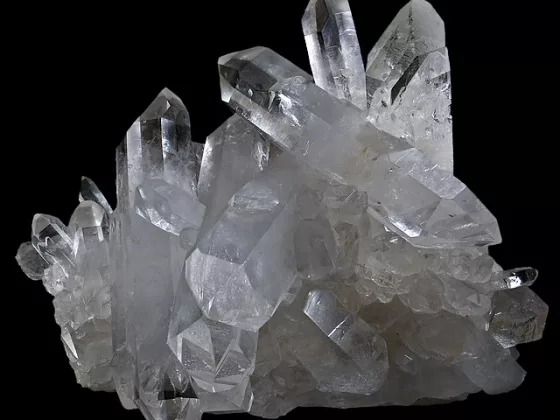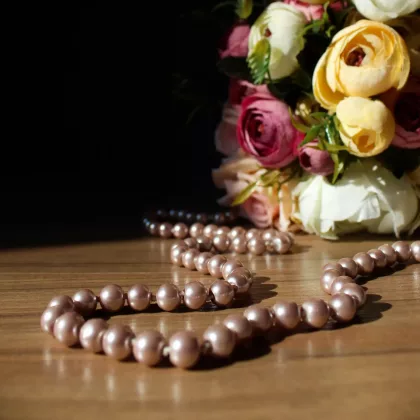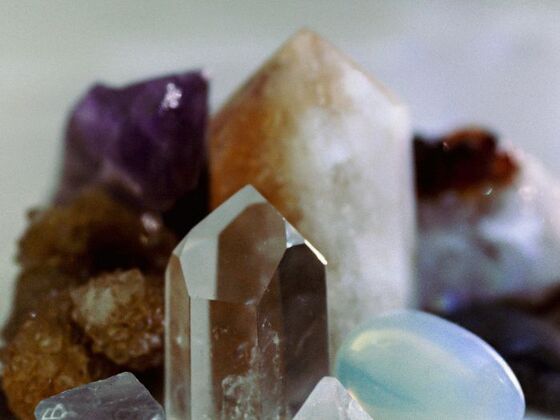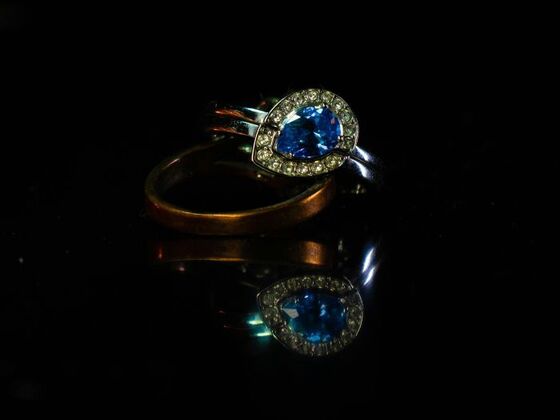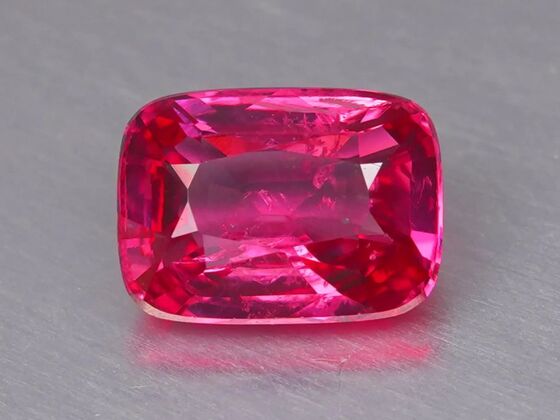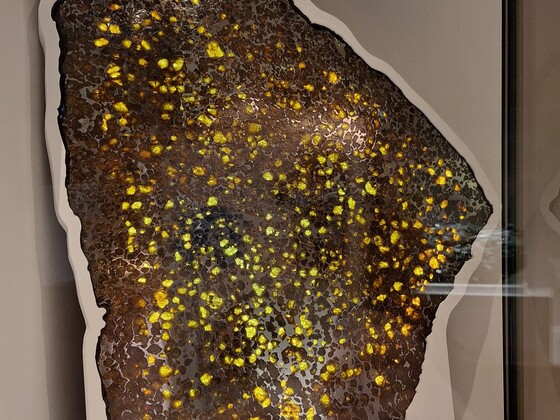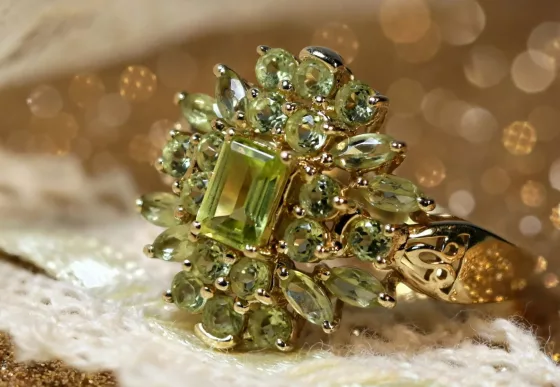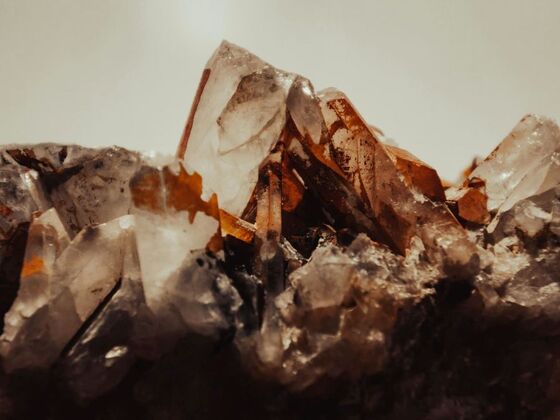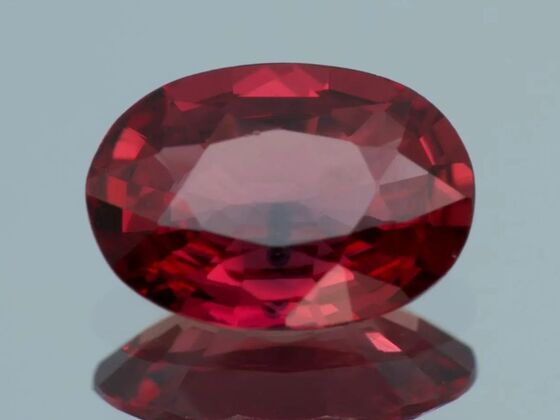Among the pantheon of precious gemstones, emeralds shine as one of the legendary “Big Three” coloured gemstones, proudly standing beside rubies and sapphires. Today, people all over the world continue to be enchanted by their mesmerising green hues, remarkable scarcity, and deep-rooted symbolism. Indeed, their allure transcends time, weaving together beauty, history, and investment potential in a way few other gems can match.
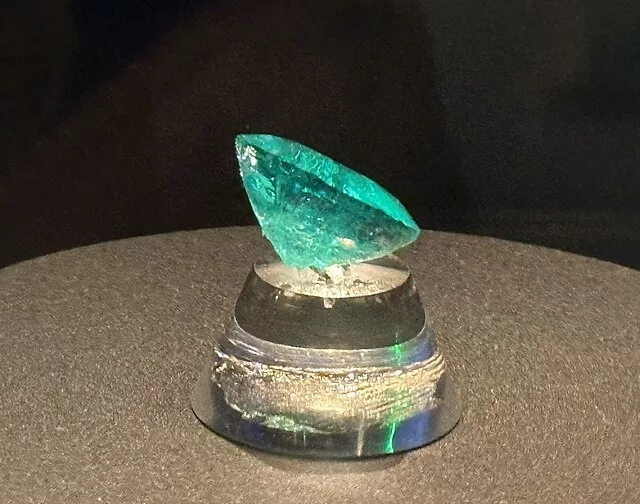
Characteristics of Emeralds
Physical & Chemical Properties
Emeralds owe their existence to a unique blend of beryllium, aluminium silicate, infused with traces of chromium or vanadium; elements that gift them their unmistakable green colour. While they boast a respectable 7.5–8 on the Mohs scale of hardness, making them suitable for daily wear, their natural brittleness often arises from the intricate inclusions inside. In fact, nearly every emerald contains these internal features, affectionately termed “jardin” by gemologists, evoking the image of a lush, miniature garden within the stone.
Colour & Quality Factors
When it comes to value, the most sought-after emeralds dazzle with a vivid green that carries a subtle blue undertone. Colombian ones, in particular, set the gold standard for quality. Gem experts evaluate them by closely examining four key factors: hue, tone, saturation, and clarity. Each of these elements plays a crucial role in determining the gem’s overall appeal and market value.
Major Sources for Emeralds
Colombia reigns supreme as the premier source of top-quality emeralds, especially those from the renowned Muzo, Chivor, and Coscuez mines. Meanwhile, Zambia has carved out its own niche, producing emeralds with darker, more bluish-green tones that are rapidly gaining popularity among collectors. Brazil, on the other hand, offers lighter, slightly yellowish-green stones that add diversity to the market. Furthermore, emeralds from Afghanistan, Ethiopia, Russia, and Zimbabwe also contribute to the global supply, each with their own unique characteristics.
Historical Significance
Ancient Civilizations
Emeralds have captivated humanity for millennia. Ancient Egyptians, for instance, extracted these gems from the legendary mines at Wadi Sikait, and Cleopatra herself was famously enamoured with their beauty. Across the Atlantic, the Incas and Aztecs revered emeralds as sacred stones, incorporating them into religious ceremonies and royal regalia.
European Royalty & Symbolism
With the arrival of the Spanish in the New World, a flood of Colombian emeralds made their way to Europe, where they quickly became a favourite among royalty and the elite. The Mughal emperors of India also prized emeralds, often engraving them with sacred texts and using them as symbols of power and divine favour.
Famous Emeralds & Legendary Jewels
The world of emeralds is rich with legendary stones. The Smithsonian Museum proudly displays the Chalk Emerald, a breathtaking 37.82-carat gem. The Mogul Mughal Emerald, weighing an impressive 217.80 carats, stands out for its intricate inscriptions of Islamic prayers. Meanwhile, the Patricia Emerald, a massive 632-carat uncut dihexagonal crystal, remains a marvel of nature. In more recent times, celebrities like Elizabeth Taylor have further immortalised emeralds, most notably through her dazzling Bulgari emerald suite.
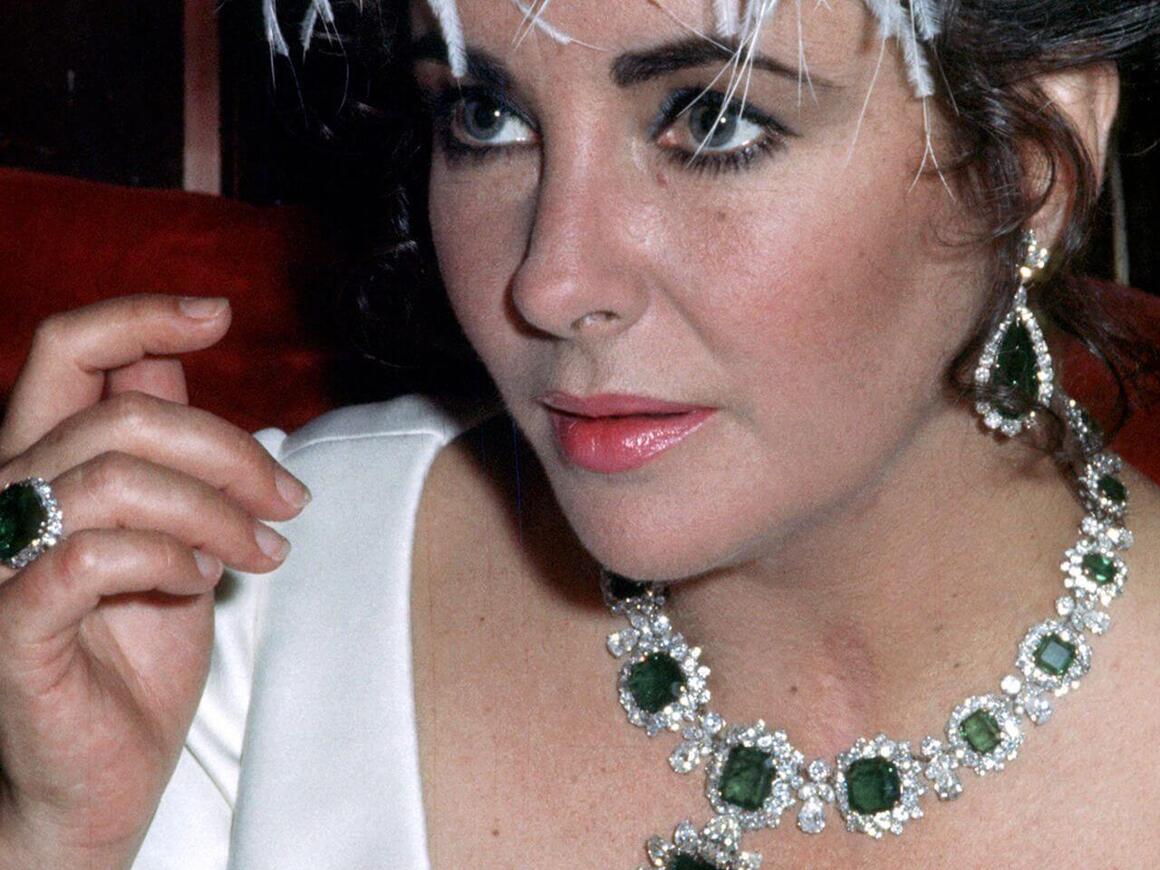
Emeralds in Modern Jewellery & Fashion Trends
Current Styles
Contemporary jewellers are embracing both sustainability and ethical sourcing, offering consumers the choice between lab-grown and natural emeralds. At the same time, vintage-inspired designs—ranging from Art Deco to Victorian revivals—are making a strong comeback. Minimalist emerald solitaires appeal to those seeking understated elegance, while bold statement pieces cater to those who love to stand out. Additionally, mixed-metal settings, such as emeralds paired with rose gold or platinum, are increasingly popular, adding a modern twist to classic designs.
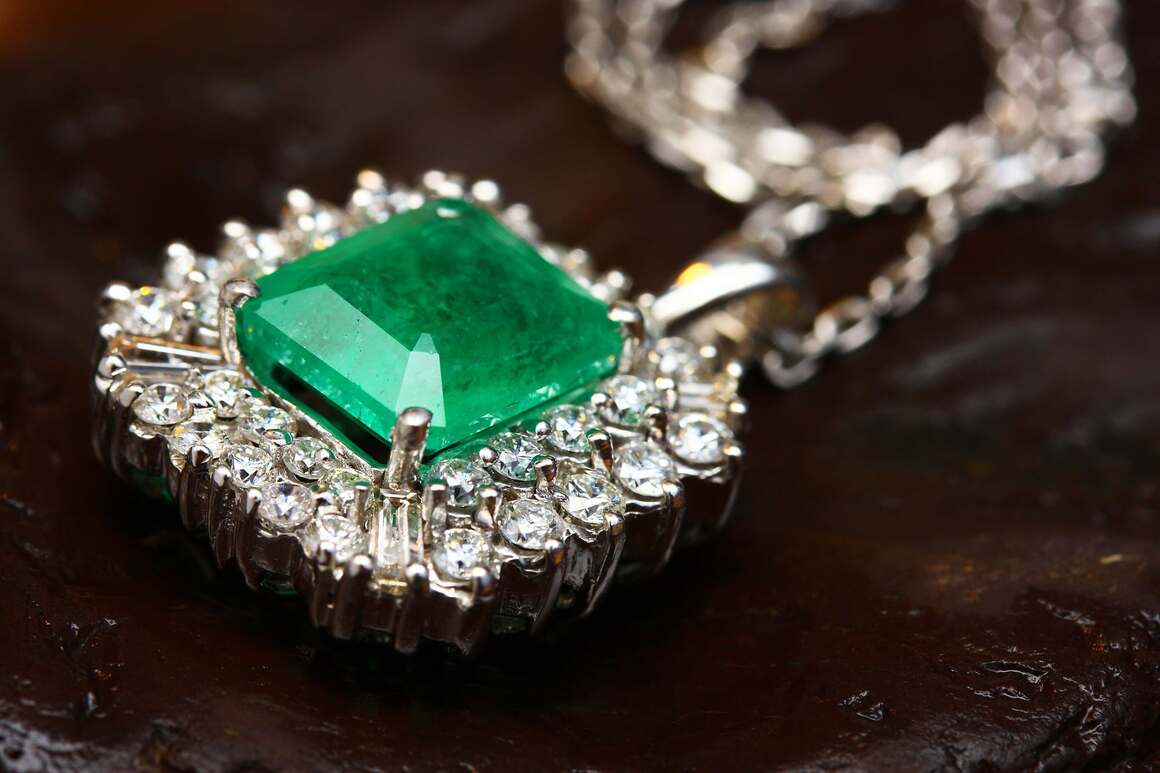
Popular Cuts & Settings
The emerald cut, a classic step-cut, remains a favourite for its ability to enhance clarity and showcase the stone’s natural beauty. For gems with significant inclusions, jewellers often opt for the cabochon cut, which smooths the surface and highlights the gem’s colour. Halo designs and geometric accents are also trending, offering fresh ways to frame and accentuate these green treasures.
Emeralds as the May Birthstone
Emeralds hold a special place as the traditional birthstone for May, symbolizing renewal, growth, and the fresh vitality of spring. Their lush green color is often associated with new beginnings, hope, and prosperity. Throughout history, emeralds have been believed to bestow foresight, wisdom, and good fortune upon their wearers, making them cherished gifts for those born in May and for milestone celebrations such as 20th and 35th wedding anniversaries. Many cultures, from ancient Rome to modern times, have revered emeralds not only for their beauty but also for their powerful symbolism, linking them to love, intuition, and protection. Today, they remain a favorite choice for May birthdays, engagement rings, and statement jewelry, embodying both timeless elegance and deep meaning.
Emeralds as an Investment
Market Value Factors
The rarity of high-quality, untreated Colombian emeralds makes them especially valuable in the eyes of collectors. For example, the Rockefeller emerald sold for a staggering $5.5 million at auction in 2017, setting a new benchmark for the market. As a result, these gems are not only cherished for their beauty but also recognized as sound investments.
Tips for Investing
When considering emeralds as an investment, it is essential to seek certification from reputable laboratories such as GIA, AGL, or SSEF. These certifications provide crucial information about the gem’s origin and any treatments it may have undergone. Collectors generally prefer untreated or minor oil-treated stones, as these tend to hold their value better. Although they may not be as liquid as diamonds, a passionate and dedicated niche market ensures steady demand.
Risks & Considerations
Emeralds require careful handling due to their sensitivity to heat and pressure, which can affect their durability. Moreover, market prices can fluctuate based on mining output, witness the recent surge in Zambian emeralds, which has influenced global prices and availability.
FAQ’s
While both emeralds and green sapphires are green gemstones, emeralds are a variety of beryl that is coloured by chromium or vanadium. In contrast, green sapphires are a variety of corundum that is coloured by iron or other trace elements. Emeralds are prized for their unique, vivid green hue, while green sapphires tend to have a more subdued or bluish-green colour.
Determining whether an emerald is natural or synthetic requires examination by a gemologist, as synthetic emeralds can closely mimic natural ones. Lab-grown emeralds often have fewer inclusions; however, advanced testing equipment is necessary to confirm authenticity. Always request certification from reputable laboratories, such as GIA or AGL.
Emeralds require gentle care due to their inclusions and sensitivity to heat and chemicals. Clean them with mild soap, lukewarm water, and a soft brush. Avoid ultrasonic cleaners, steam, and harsh chemicals. Store emerald jewellery separately to prevent scratches.
Popular emerald jewellery styles for women include emerald solitaire rings, emerald and diamond halo necklaces, vintage-inspired Art Deco designs, and mixed-metal settings such as emerald with rose gold or platinum. Statement earrings and cocktail rings featuring emeralds are also trending.
You can buy authentic emeralds from reputable online jewellers, auction houses, and certified gemstone dealers. Look for sellers who provide detailed information about the emerald’s origin, treatment, and certification from recognised labs like GIA, AGL, or SSEF. Always check reviews and return policies before making a purchase.
Conclusion
Emeralds continue to captivate with their timeless beauty, storied past, and investment potential. Whether you are drawn to their lush green hues, their rich history, or their financial promise, they offer something truly special. Above all, their enduring appeal ensures they remain a symbol of luxury and nature’s artistry, inspiring admiration and desire for generations to come.
Ready to Start Your Gemstone Journey?
Don’t wait to discover the world of gemstones! Explore these essential reads right away.
Fascinated by this article and want to deepen your gemstone expertise? Dive into our comprehensive Gemstone Encyclopedia. Here, you’ll discover detailed information about hundreds of precious and semi-precious stones, including their properties and values.
For those interested in the rich cultural significance and fascinating stories behind these treasures, our History section offers captivating insights into how gemstones have shaped civilisations. Or perhaps you’d like to learn more about birthstones?
And if you’re considering gemstones as more than just beautiful adornments, visit our Precious Metal Investing guide. Here you will learn how these natural wonders can become valuable additions to your investment portfolio.
